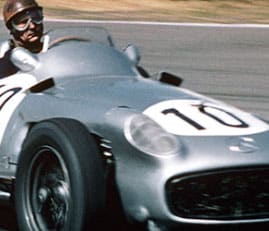Built on a reclaimed marsh adjacent to the Lagoa de Jacarepaguá, Rio de Janeiro’s circuit was as uninspiring as Interlagos was demanding. The Grand Prix course was flat, with constant radius corners and a long back straight. The rudimentary Barra da Tijuca (or Autodrómo da Guanabara) operated here from 1967 where local hero Emerson Fittipaldi beat an international Formula Ford field in 1970. The circuit was rebuilt and renamed in 1977 with the Brazilian GP being held at the beginning of the following season. Races were normally run in stifling heat and humidity although Alain Prost must have enjoyed it – winning half of the 10 Brazilian GPs held in Rio de Janeiro before the race returned to Interlagos in 1990. Fittipaldi helped negotiate the circuit holding a round of the Champ Car World Series from 1996 to 2000 with the race run on the “modified oval” that bore his name. Despite the number of Brazilians in the series, a dispute over money forced the late cancellation of the 2001 event and the series did not return. The circuit closed in 2012 as it was redeveloped as a venue for the 2016 Olympic Games.





